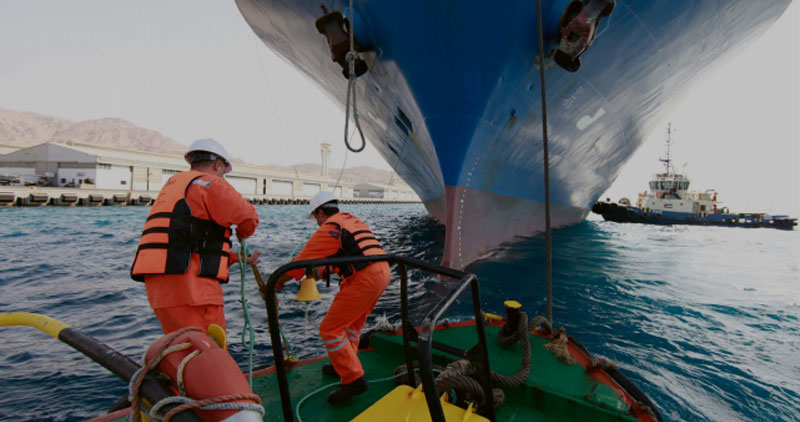Essential for the maritime sector, Mooring services provide vessel safe anchoring and positioning in diverse surroundings. From cargo handling to offshore energy projects, these services assist a wide spectrum of activities. The variety of mooring solutions offered reflects the particular requirements of various nautical operations, each needing particular tools and knowledge. The main forms of mooring services as well as their uses are explored here.
Ship-to–Shore Mooring
Usually intended for docking vessels in ports and harbors, ship-to- shore mooring is the most often used kind. This service guarantees stability during loading and unloading by means of mooring lines, bollards, and other tools tying a ship to the port. Maintaining safety in high-traffic areas and stopping vessel movement brought on by tides, winds, or waves depend on it. Professional mooring teams manage big vessels like cargo ships and tankers using modern equipment and methods, therefore handling these tasks.
Mooring Offshore
Offshore mooring services serve floating platforms and boats functioning far from conventional ports. For offshore facilities, floating production storage and offloading systems (FPSOs), and oil rigs, these services are absolutely vital. Anchors, chains, and synthetic ropes meant to resist severe climatic conditions abound in offshore mooring systems. Experts in this discipline create and apply successful mooring solutions considering elements such water depth, bottom conditions, and weather.

Mooring Using Single Points (SPM)
Large tankers that cannot fit at traditional ports because of their size generally use single-point mooring methods. These technologies let ships stay still while loading or emptying liquid cargo—such as liquefied natural gas or crude oil. An SPM system comprises of a buoy attached to the seabed, linked to tubes carrying the cargo. This approach provides safety and versatility especially in deep-water environments.
Temporary Mooring
Temporary mooring services are utilized for short-term needs, such as holding vessels during maintenance, inspections, or emergencies. Designed to offer rapid and safe solutions, these services sometimes depend on movable mooring equipment. In congested ports or during transshipment processes, vessels waiting for berth space often employ temporary mooring.
System of Dynamic Mooring
Dynamic mooring systems are made for boats and platforms like floating wind turbines or research vessels that need for flexibility because of continuous motion. These systems keep stability and adapt to changing circumstances by means of advanced technology comprising sensors and automatic controls. Operations in demanding settings, including deep-sea exploration, depend on dynamic mooring.
The safety and effectiveness of marine operations depend much on mooring services. From conventional ship-to—shore mooring to sophisticated dynamic systems, the range of mooring choices meets different operational needs. By understanding the types of mooring services available, businesses can select the most suitable solution to meet their needs, ensuring secure and stable operations in any environment.
